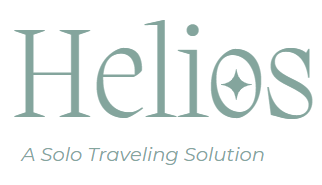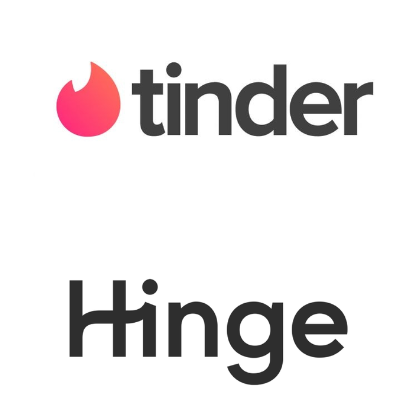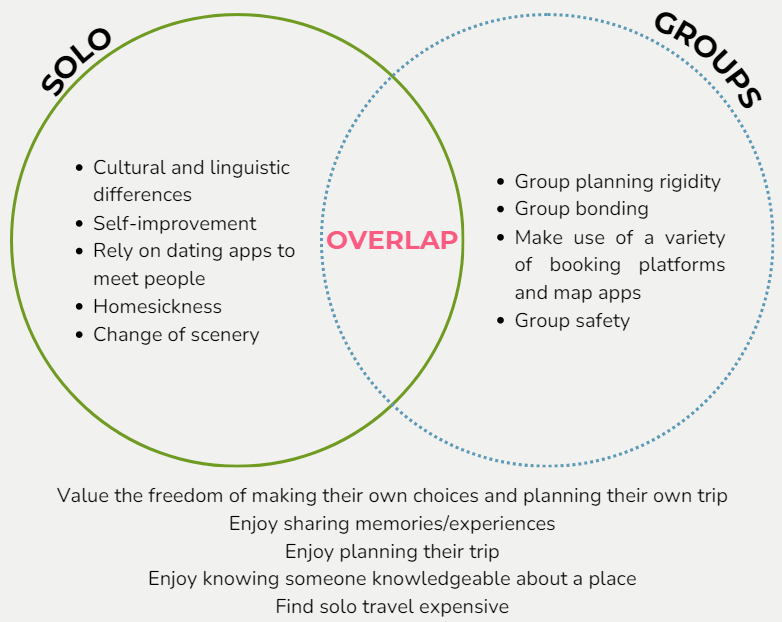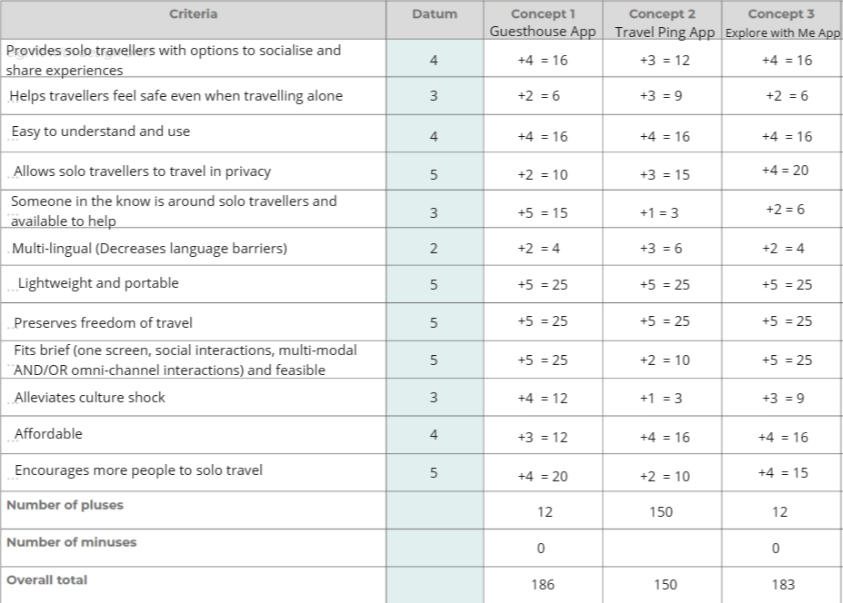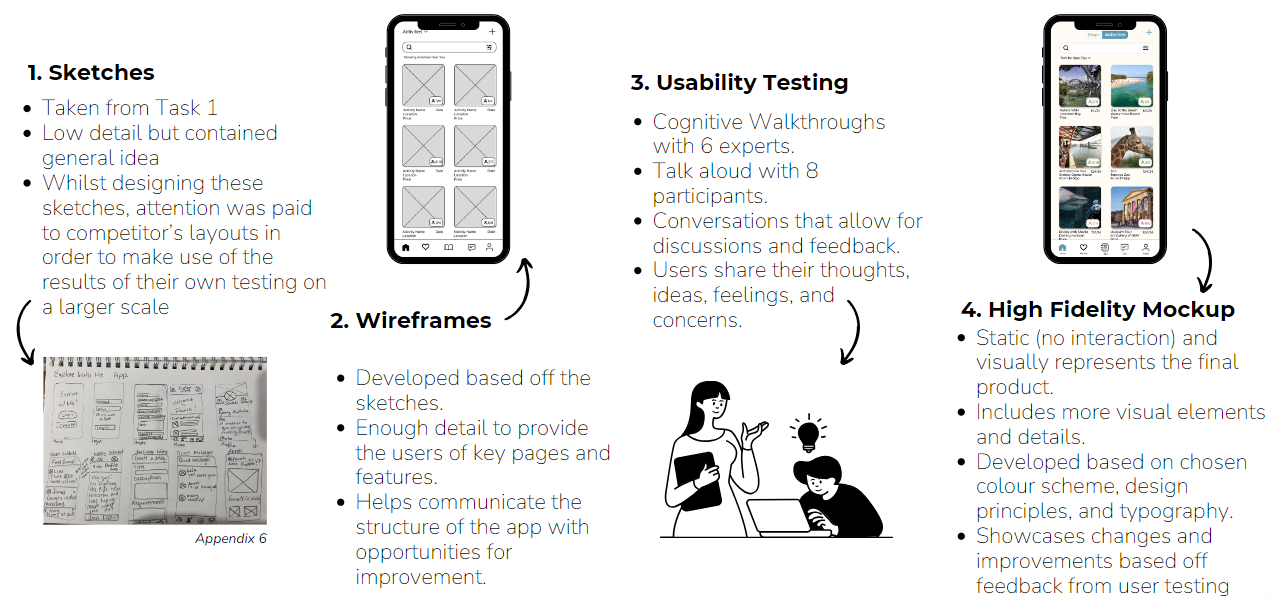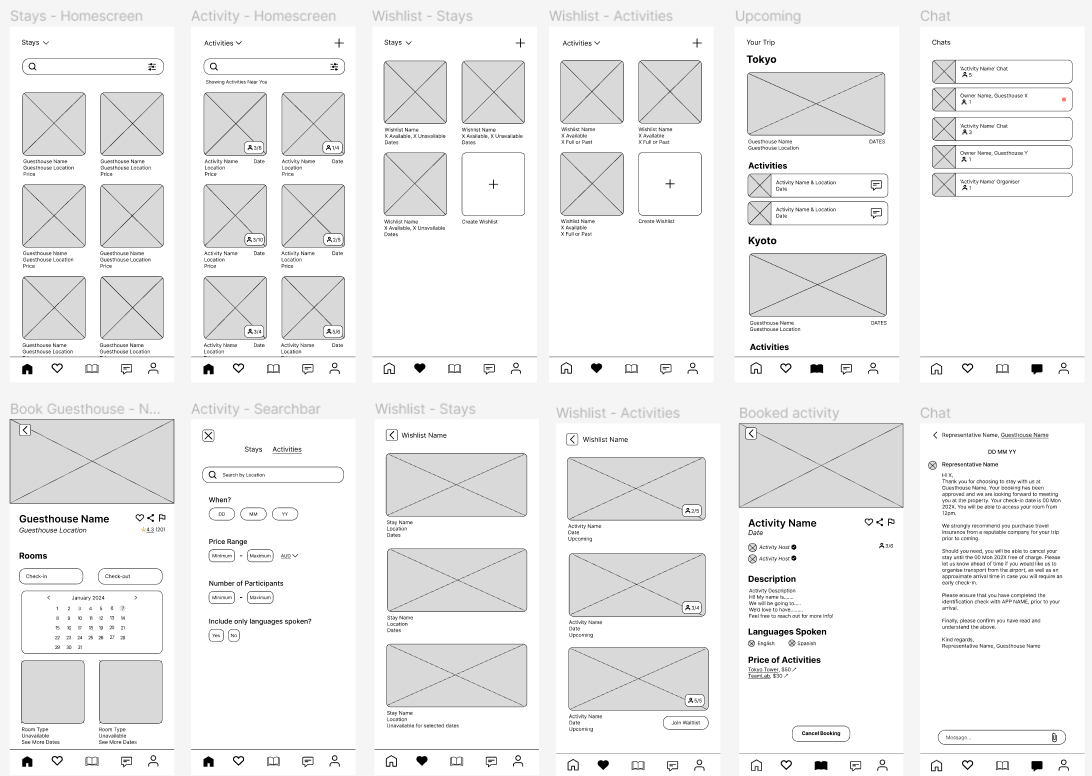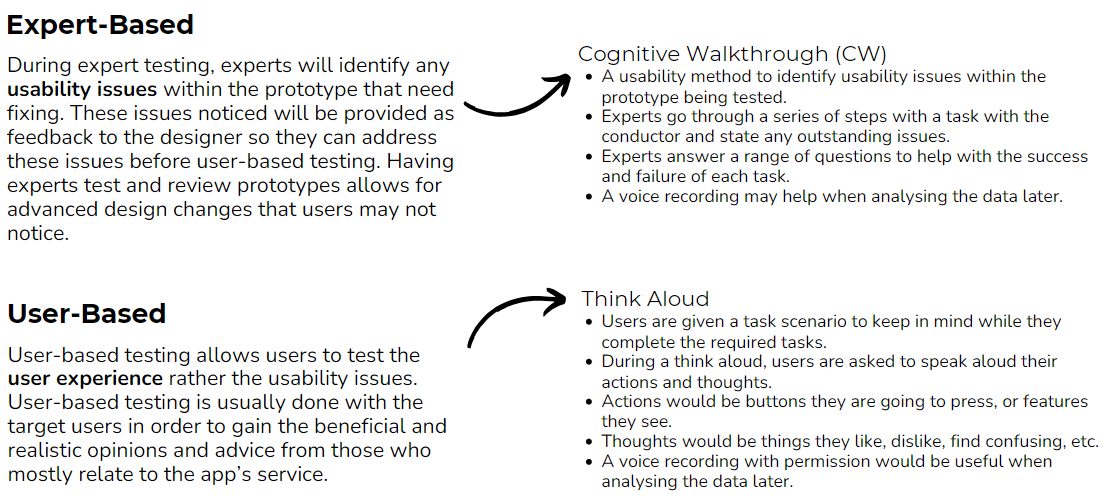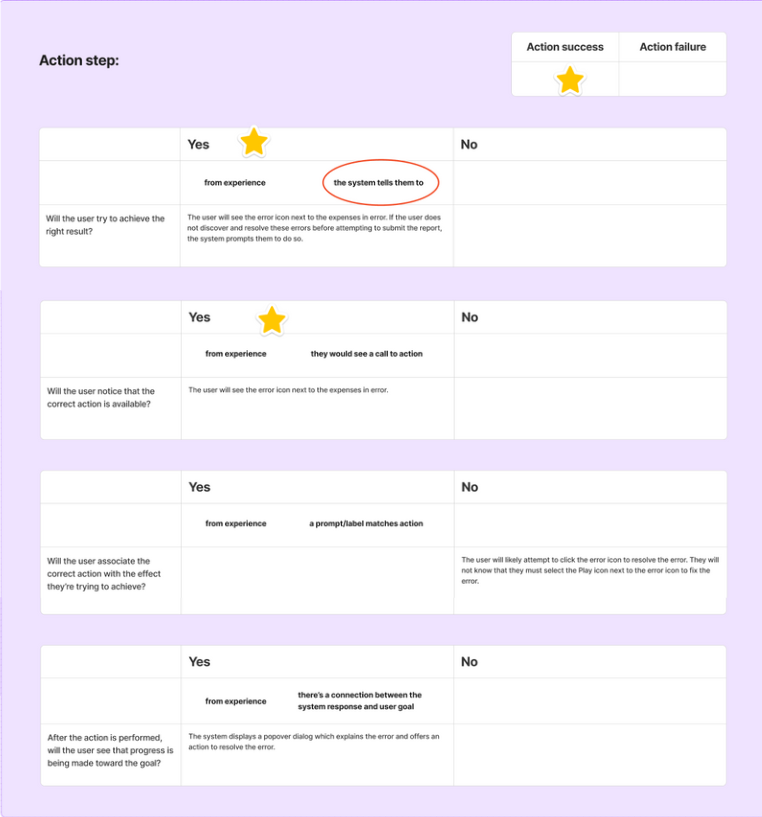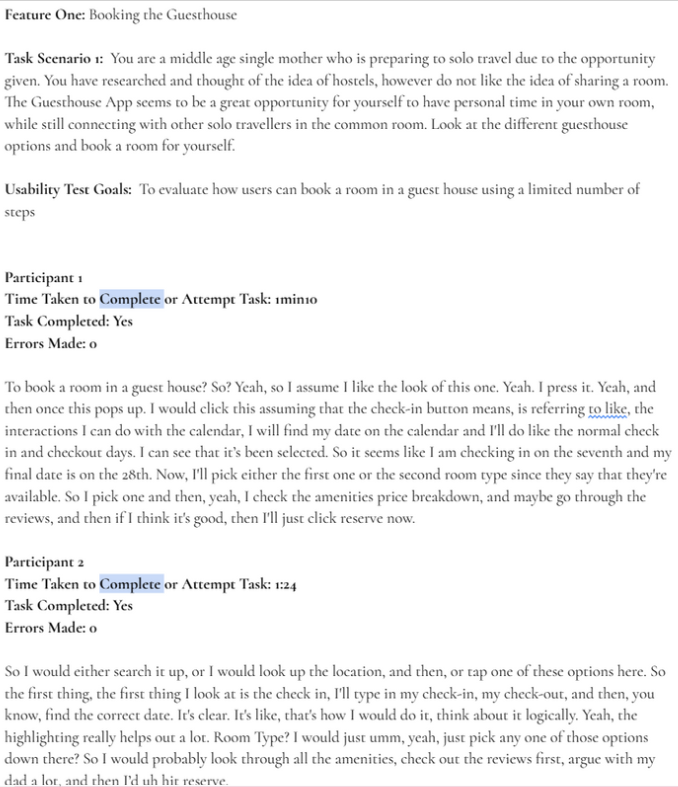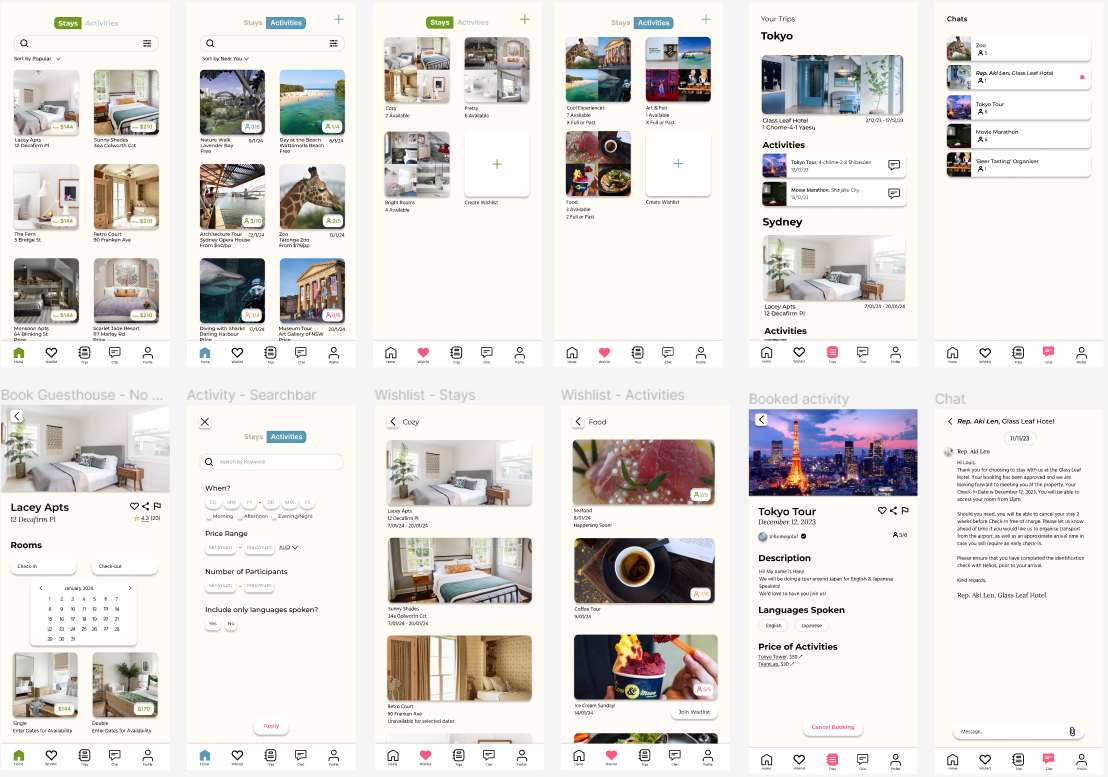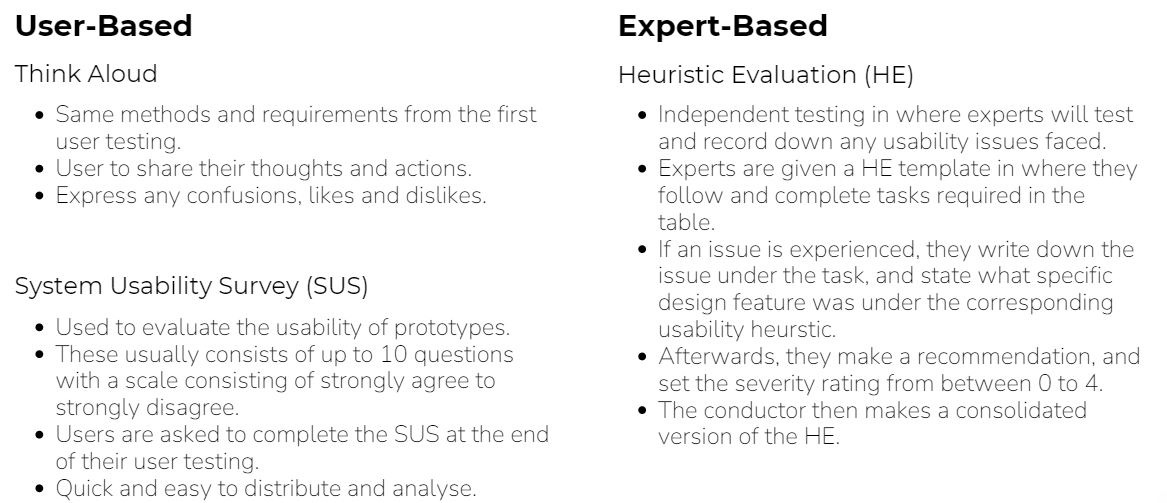introduction
Problem Area: Lifestyle, Leisure & Entertainment
Our chosen problem area was Lifestyle, Leisure & Entertainment in where we explored this topic area in great extent. During our time doing background research, we had found that their are issues within traveling that are often overlooked. Looking deeply into this topic, we found solo travelers are impacted in ways that can affect their experience.
Following the preliminary literature review below, we were able to gain a thorough understanding of various pain points which solo travelers experience.
background reseach
While some female solo travelers see loneliness as a positive, others view it as a negative (Malithi Neluhena et al., 2023). Additionally, over the years, there has been an increasing amount of female solo travellers. However, these travellers tend to experience different anxieties and fears related to gendered risk, destination-specific risk, and social-psychological risk when travelling abroad alone. (Karagöz et al., 2020)
Cultural shock can be felt by both immigrant and residential groups due to multicultural domestic and international relations. Cultural shock experiences are detailed in a number of differing circumstances, describing these experiences, as well as addressing the stages and possible causes of them, in the attempt to provide guidelines to manage them. The article concludes that recognising the characteristics of cultural shock can aid in the implementation of strategies for its resolution. These strategies are summarised through the weaving of various literature on the subject, and the known effectiveness of cross-cultural, and intercultural training. (Winkelman, 1994)
Studies have found that a majority of students prefer to travel with friends and family rather than solo as they believe building connections and memories as a group are more important than by creating them by yourself (Heimtun & Abelsen, 2013). Seeing group travellers whilst travelling solo can also make solo travellers want to share the moment they are experiencing with others (Malithi Neluhena et al., 2023).
An Australian-based data study found that self-actualisation, self-construal, and perceived behavioural control are key drivers of the choice to travel solo or not. Other less crucial drivers included interpersonal constraints. This article recommends that the travel industry should aim to utilise the potential of the solo travel market to its fullest extent (Yang, 2020). The interest of solo travelling has grown as a common travel choice during and after the COVID-19 pandemic. However, individuals have their own motivations and contraints that influence whether they turn their travel interest into travel intention (Yang et al., 2021).
Problem Scenario
Solo travellers often struggle with factors such as mental health and/or cultural differences when travelling abroad.
Problem Statement
Those who choose to travel solo face challenges to their mental wellbeing and sociability, as well as cultural differences that may increase a sense of isolation due to a disconnect with their own community. To improve these travellers’ experiences, we need to create a sense of connection and acceptance, and provide the tools to build confidence to encourage solo travelling.
Target Audience
-
Solo traveling is not just limited to just one age group. It’s a universal and collective experience. Therefore, acknowledging and understanding the issues faced by solo travelers across all age groups will help make our solution accessible and available to everyone.
Target Issues
-
Research has shown that a major issue found in solo traveling include impacts on mental health due to a social and cultural disconnection between themselves and the place they are visiting.
Target Geographic
-
Solo traveling is not just limited to just one place or country. It’s a universal and collective experience. Therefore, acknowledging and understanding the issues faced by solo travelers worldwide will help make our solution accessible and available to everyone.
existing solutions
STRENGTHS
Booking platforms are easy to use when booking trips and allow users to tailor their results in multiple ways.
Dating apps are a great way to quickly and easily meet people online.
LIMITATIONS
Booking platforms earn commissions on booking which may make way for more sponsored and potentially results to appear at the top.
Dating apps help people meet others with a similar interest in dating or meeting people for those reasons. This can potentially lead to conflicts of interest
In order to confirm and refine our problem statement, we came up with the following research questions that we aimed to answer through our online ethnography, 12 interviews with extremes and mainstreams (6 group travelers, and 6 solo travelers), and a survey.
-
What are some common struggles solo travellers face when abroad?
What are some factors which may deter people from travelling alone?
How can cultural and language literacy impact the experience of solo travelling?
What are some solutions that solo travellers may attempt in order to improve their experience?
Online Ethnography Findings
Survey Findings
Interview Findings
ideation methods
In order to come up with a concept that answered our problem statement, we used mind mapping to create connections around our main problem after which we used storyboards to represent users’ thoughts and frustrations on solo travelling. Finally, we came up with low fidelity sketches of possible solutions. As a group, we then came up with a decision matrix in order to select which concept best fit the criteria we were trying to achieve. We paired this with the creation of an ethics canvas to ensure that our solution did not create greater problems than the one we were solving.
Decision Matrix Results
In order to ensure that our solution correctly aligned with our brief, we created the list of criteria which can be seen on the left to which we attributed varying levels of importance. We then discussed amongst each other how well we felt the different solutions fared with the selected criteria. After completing our decision matrix, Concept 1 which featured a Guesthouse App, earned the highest score of the three (186) and was selected as our project idea.
Ethical Considerations & Practices
We wanted to ensure that both our app and website were accessible to our users. To do so we considered:
Accessible descriptions
Ensuring that the contrast of our color palette was greater than 3 and passed tests.
The use of sans serif fonts
Privacy is slightly more difficult to implement however, we have made it impossible to look up users or communicate with them if not participating in the same activity or staying in the guesthouse. However, using the activity section is not necessary to using the app.
multi-modal/omnichannel
-
Targets solo travelers
Allows them to book guesthouses for trips
Solo Travelers can join and/or create activitiesbe you have a creative project to share with the world. Whatever it is, the way you tell your story online can make all the difference.
-
Targets guesthouse owners
Allows them to list guesthouses for travelers to book
social interactions
-
more social than hotels and more private than hostels
-
allows for discussion amongst users where required
-
promote socialising to an otherwise not social activity (solo traveling)
iterative designs
wireframes
wireframe testing and iteration
Usability Testing Methods
Expert Testing Protocols
We chose to utilise a Cognitive Walkthrough for our Expert-Based testing, walking through a series of steps with our expert testers, laid out by us before-hand. Three sessions were completed, each consisting of five tasks for the experts to test. Each member of the group acted as the conductor for their session, which consisted of 2 experts each, totaling 6 experts tested overall.
After each individual step, experts were asked four questions pertaining to how user-friendly the design was (seen in the template on the right). If the answer was yes, two options were chosen from justifying why it was successful.
Recordings were made of each test to be translated into shorter notes for our data analysis later on. We did not help users shy away from making mistakes, as these would only help us improve our design moving forward into the iteration phase.
User Testing Protocols
For our User-Based testing, we conducted Think Aloud tests, in which users would be given a task to complete whilst giving their own commentary on their actions and thoughts during their experience. We tested 8 users overall, using a voice recording to keep track of their thoughts for later analysis.
These recordings were then either transcribed completely or put directly into note form for key issues and thoughts. These recorded thoughts and actions, as well as those from the Cognitive Walkthrough, were then placed into an affinity diagram, in order to be analysed, then grouped into themes to be synthesised, as seen on the next page.
-
Ratings for each guesthouse should be bigger
Needs to be more clear if a room is available or not
Wish it was more apparent Activities was an option I could press
Appreciate the option of filters for searching
Good to have confirmation before cancelling
Cancel button should be big and bright coloured
-
Completing bookings/cancellations is similar for both Stays and Activities
Booking a room is similar to other apps, making it easier
Users could find their way to their listed rooms/activities
-
Overwhelmed due to the colour of the desktop home page, too much bright green
Everything is labelled appropriately
-
The steps for booking a room are simple and logical
Seeing number of positions left on an activity on the home page helps making a choice of activity fast
Placement of buttons like ‘Add Room Type’ makes sense
Want it to be clear a new room has been added
Structure of the form is done well
hi-fidelity prototype
hi-fidelity testing and iteration
Usability Testing Methods
Expert Testing Protocols
We chose to utilise a Heuristic Evaluation for our Expert-Based testing, walking through a series of steps with our expert testers, laid out by us before-hand. Three sessions were completed, each consisting of five tasks for the experts to test. Each member of the group acted as the conductor for their session, which consisted of 2 experts each, totaling 6 experts tested overall.
Experts were given a template (seen filled below) to place their comments and issues with the task under the corresponding Heuristic Principle it was relevant to. After the comment is raised, and the nature of the issue is found, Experts gave a recommendation on how to possibly alleviate the problem, and set the Severity Rating of the issue to a level they thought was appropriate. This data was then consolidated to give us a master list of all the issues faced for further analysis and iterations.
-
Make it more clear when a room is unavailable
Add another form of confirmation to show that a room has indeed been booked
Need a way to see who is in an activity group
-
Users appreciated similar menus across stays and activity pages
Users could find their way to their listed rooms/activities
-
Make the stays/activity button more inviting to click, should look more interactive
Change of colour palette would help users find elements easier
-
Colour palette is too distracting, and disrupts the hierarchy of the page.
Experts and users both appreciated the details given on the home page of the desktop design.
Form for adding a new room type on desktop was simple to use.
